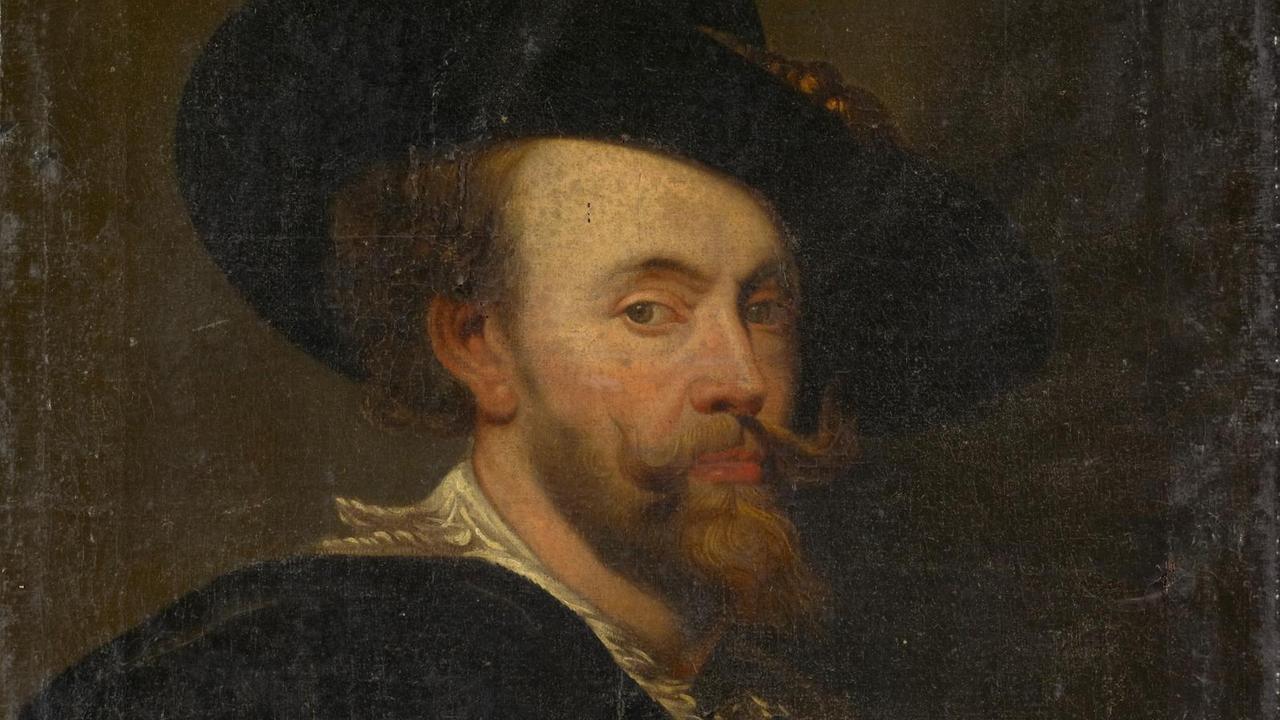
Robert Draws – Peter Paul Rubens was a towering figure in Baroque art and Flemish painting. His work combined dynamic movement, rich color, and emotional intensity in ways that were revolutionary for his time. Known for his grand compositions and bold brushwork, Rubens influenced generations of artists across Europe. His legacy continues to shape art history and inspire creativity around the world today.
Peter Paul Rubens was born in 1577 in Siegen, a town in modern-day Germany. When he was still a child, his family moved to Antwerp, a thriving cultural center in the Spanish Netherlands. It was in Antwerp that Rubens began his artistic training. At a young age, he apprenticed under local painters who taught him the fundamentals of drawing, composition, and color. By the time Rubens was in his early twenties, he traveled to Italy, a major hub of Renaissance art. There, he studied the works of great masters such as Titian, Michelangelo, and Caravaggio. The rich colors, dramatic use of light, and dynamic figures in Italian art deeply influenced his developing style. This exposure broadened Rubens’ artistic vision and refined his technique, enabling him to blend Italian Renaissance ideals with his own Flemish traditions.
“Read about: Egon Schiele: The Bold Expression of Human Emotion”
Rubens became one of the leading figures of the Baroque movement, which was characterized by emotion, movement, and grandeur. His paintings often feature dramatic contrasts of light and shadow, creating a sense of depth and intensity. He had an exceptional talent for portraying dynamic movement, whether in mythological battles, religious scenes, or lively portraits.
Religious themes played a central role in Rubens’ work. Many of his paintings were commissioned by churches and monasteries, depicting biblical stories with theatrical flair. Alongside religious subjects, he frequently painted mythological and historical scenes, blending fantasy with realism. Rubens also created exquisite portraits that captured the personality and status of his subjects, as well as lush landscapes that showcased his attention to nature. His compositions are known for their emotional intensity, vivid colors, and fluid brushstrokes, which together create a theatrical and engaging viewing experience.
In Antwerp, Rubens ran a large and highly efficient workshop. The demand for his paintings was so high that he could not complete all the work alone. He employed many assistants and apprentices who helped with various stages of the painting process. Rubens would often produce the initial sketches and detailed designs himself. His assistants then worked on the backgrounds or less critical parts of the composition. Finally, Rubens would add the finishing touches, ensuring each painting met his high standards. This collaborative workshop system allowed him to complete a large volume of work and satisfy important patrons across Europe.
“Read more: Shining a Light: Human Trafficking Awareness Campaigns in June 2025”
Beyond his artistic career, Peter Paul Rubens was also active in politics and diplomacy. He served as a court painter and diplomat for the Spanish Netherlands. His diplomatic missions took him to powerful European courts, where he negotiated treaties and alliances. This political role gave Rubens unique access to wealthy and influential patrons, such as kings, queens, and nobles. These connections helped him secure major commissions and spread his artistic influence far beyond his native region. His art reflects the grandeur, power, and complex political environment of his time.
Rubens created numerous masterpieces that remain celebrated today. Some of his most famous works include The Elevation of the Cross, The Descent from the Cross, and The Garden of Love. These paintings showcase his mastery of anatomy, composition, and color. In The Elevation of the Cross, Rubens depicts the physical strain and emotional drama of Christ’s crucifixion with dynamic figures and bold contrasts of light. The Garden of Love celebrates romantic and joyful themes, displaying his skill in portraying human interaction and lavish costumes. His ability to capture human emotion and narrative drama gives his paintings a timeless quality. Many of Rubens’ works are now displayed in museums around the world, including the Prado Museum in Madrid, the Royal Museum of Fine Arts in Antwerp, and the Louvre in Paris.
Peter Paul Rubens profoundly shaped the future of European art. His dynamic style and bold use of color inspired many later artists, such as Anthony van Dyck, who was his most famous pupil, and Diego Velázquez, a key figure in Spanish Baroque painting. Rubens bridged the gap between Renaissance ideals and Baroque innovation, creating a style that was both rooted in tradition and boldly modern. His approach to composition, movement, and storytelling set new standards for painters across Europe.
Today, his work continues to serve as a benchmark for skill and creativity. Art students and historians study his paintings to understand Baroque artistry and the development of Western painting. Rubens’ influence remains visible in many aspects of contemporary art and culture. Peter Paul Rubens’ vision transformed Flemish painting and the entire Baroque era. His grand compositions, emotional storytelling, and vibrant colors set him apart from his contemporaries. As a painter, diplomat, and cultural icon, Rubens remains a grand visionary whose art continues to captivate and inspire audiences worldwide.